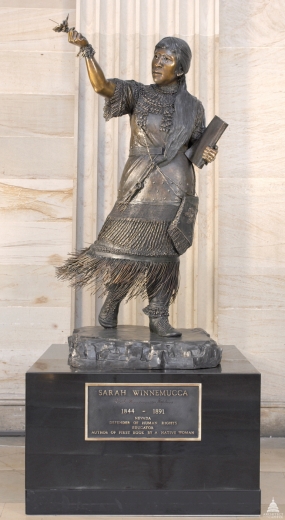
Featured
This painting depicts the moment on June 28, 1776, when the first draft of the...
Featured
A few ideas to help you in planning a visit to Capitol Hill.
Featured
The Architect of the Capitol (AOC) is the builder and steward of America’s...










